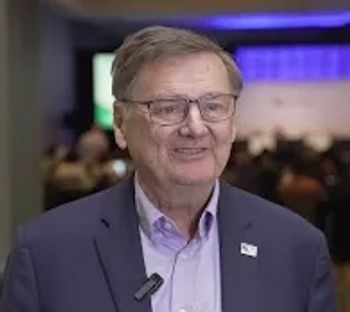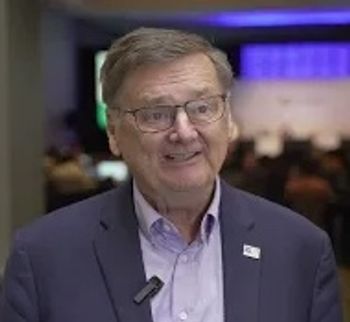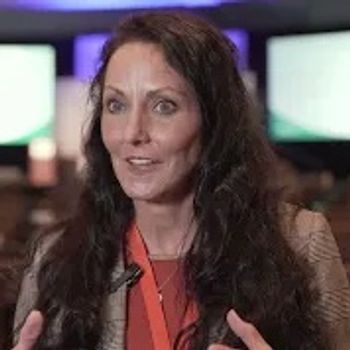
Seven Pharmaceutical Marketplace Trends to Watch
Douglas Long, vice president of industry relations at Durham, NC-based IQVIA, a newly named company after the merger of IMS Health and Quintiles, discussed pharmaceutical marketplace trends during the headline session at the Academy of Managed Care Pharmacy Managed Care and Specialty Pharmacy (AMCP) Annual Meeting, in Boston April 25.
Here are seven of the biggest takeaways from his presentation:
1. There was low dollar growth within the pharmaceutical industry in 2017. In 2017, the total spend on medicines in the United States was $453 billion, which represents 1.4% growth in the industry, according to Long.
2. Specialty drug growth continued to outpace traditional drugs last year. At 43.3% (or $195.8 billion), specialty drug growth outpaced the growth of traditional drugs, which netted $256.8 billion in 2017. The spend on specialty drugs grew by 9.4%, while the spend on traditional drugs decreased by 4%. This movement is in keeping with trends since 2013, he said.
3. Genentech’s Ocrevus (ocrelizumab), a biologic specialty drug for multiple sclerosis, was the top performer in the drug market in 2017, with $1.1 billion in year-one sales. AbbieVie’s Mavyret (glecaprevir/pibrentasvir), a small-molecule specialty treatment for hepatis C garnered $480 million, whereas Sanofi/Regeneron’s Dupixent (dupilumab) for moderate-to-severe dermatitis netted $219 million in its first year on the market.
4. Orphan drugs are a key growth area to watch. These drugs, which are used to treat rare diseases or diseases where it’s challenging for manufacturers to recoup their marketing and development costs, represented the majority of “new active substances” launched in 2017.
5. There were more launches for oncology (23%), infectious diseases (18%), and central nervous system (13%) treatments than for other disease types. Long also noted that immuno-oncology is expected to become a $20 billion market globally by 2020.
6. Generic prescriptions boomed in 2017, and growth is likely to continue. A record 86% of prescriptions were dispensed as generics, said Long, noting that this follows a trend started in 2009, when generics represented 66% of the drug market. In addition, patent expirations expected through 2022 suggest continued generic opportunities in the United States, he said.
7. Biosimilars are slowly gaining ground. With regard to biosimilars, despite the FDA’s approval of nine biosimilars, only three have been launched in the United States, said Long.
Biosimilars that have launched include:
- Zarxio (filgrastim-sndz) for preventing infections was launched in 2015.
- Inflectra (infliximab-dyyb) for inflammatory disease was launched in 2016
- Renflexis (infliximab-abda) for inflammatory disease was launched in 2017
Biosimilars with planned launches include:
- Erelzi (etanercept-szzs) for inflammatory disease is expected to launch this year
- Amjevita (adalimumab-atto) for inflammatory disease is expected to launch in 2023
Biosimilars without launch dates include:
- Cyltezo (adalimumab-adbm) for inflammatory disease
- Mvasi (bevacizumab-awwb) for cancer
- Ogivri (trastuzumab-dkst) for breast or metastatic stomach cancer
- Ixifi (infliximab-qbtx) for inflammatory disease
Newsletter
Get the latest industry news, event updates, and more from Managed healthcare Executive.


















































